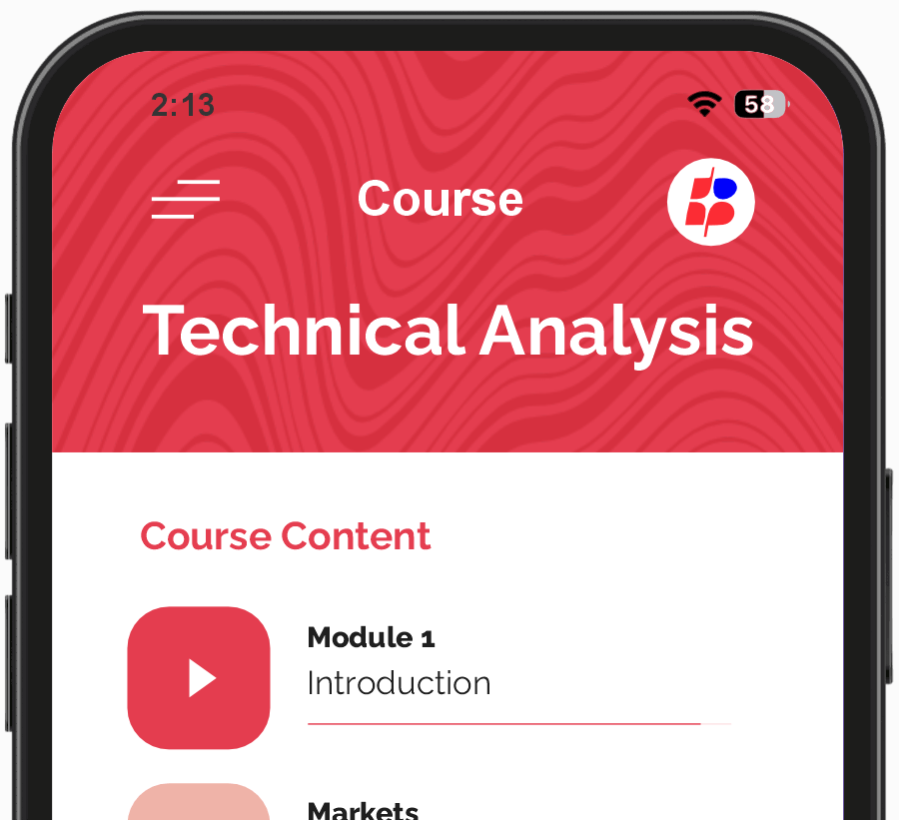Support and resistance are two of the most important terms that any Forex trader should understand.
Have you ever wondered why prices in the foreign exchange market don’t just keep going in one direction forever?
Why do they sometimes turn around and move in the opposite direction? The answer lies in understanding Support and Resistance.
These concepts are the backbone of Forex trading, helping traders predict price movements and make better decisions.
If you want to succeed in Forex, knowing how to identify and use support and resistance levels is essential.
Let’s look into what these terms mean and how they can guide your trades.
In This Post
What Exactly Are Support and Resistance?
Support and Resistance are price levels on a chart where the market tends to find obstacles, either from buyers or sellers.
These obstacles can cause the price to reverse direction. Think of them as invisible lines drawn on the chart that traders use to predict future price movements.
Support (The Market’s Floor)
Support is a price level where a currency pair is more likely to find buying interest. When prices fall to this level, buyers step in, believing the price is at a good point to buy.
This creates a “floor” under the price, preventing it from falling further. It’s like a trampoline, when the price touches this level, it tends to bounce back up.
Traders use this level to identify buying opportunities.
Resistance (The Market’s Ceiling)
Resistance, on the other hand, is a price level where selling pressure tends to prevent further price increases.
It acts like a “ceiling” that stops the price from going higher. When the price reaches this point, sellers become more active, and the price often reverses and moves downward.
For traders, this can be a signal to sell. Think of resistance as a ceiling in a room that the price can’t seem to break through.
Why Do Support and Resistance Matter in Forex?
Support and resistance are crucial because they help traders understand the behavior of the market.
They act as psychological barriers where the market “feels” pressure to either go up or down.
Identifying these levels allows traders to predict the potential turning points of the market and make smarter decisions on when to enter or exit a trade.
Moreover, these levels provide structure to the market. Without them, price movements would be chaotic and hard to predict.
So, understanding where these levels are can give you an edge as you navigate the often volatile Forex market.
How to Identify Support and Resistance Levels?
Identifying support and resistance can seem tricky at first, but there are several techniques that traders use to spot these levels.
1. Look at Historical Price Action
One of the easiest ways to identify support and resistance levels is to look at historical price action.
If a currency pair has bounced off a certain price point multiple times, this is a strong indicator of support or resistance.
The more times the price has reversed at a specific level, the stronger the level is considered.
2. Round Numbers
Traders often focus on round numbers, like 1.2000 or 1.5000, as they tend to act as psychological barriers.
For example, a currency pair like EUR/USD might face resistance at 1.2000 because traders see it as an important number, so they might start selling once the price approaches that point.
3. Trendlines
Drawing trendlines is another way to identify support and resistance. If you connect the lows of a rising market or the highs of a falling market, you can create a trendline that indicates potential areas of support or resistance.
4. Moving Averages
Moving averages can act as dynamic support and resistance levels. A moving average smooths out price action over a specified period and can often serve as a barrier where the price reverses or consolidates.
Traders may use moving averages like the 50-day or 200-day moving average as a key support or resistance level.
Types of Support and Resistance
Support and resistance can be divided into three main categories:
1. Static Support and Resistance
Static support and resistance levels are fixed points on the chart that don’t change over time. These levels are often determined by looking at past price action.
They are useful for identifying long-term levels of support and resistance that are important for major market movements.
2. Dynamic Support and Resistance
Dynamic support and resistance levels change over time. They are typically represented by trendlines or moving averages.
As the market moves, these levels shift and adapt to new price data. Dynamic support and resistance are particularly useful in trending markets.
3. Semi-Dynamic Support and Resistance Levels?
Semi-dynamic support & resistance levels are price levels that are not as fixed as static levels but do not move as freely as dynamic ones.
They are levels that adapt slowly to market conditions. These levels are usually based on previous price movements and are adjusted over time to reflect changes in the market’s behavior.
How to Trade Using Support and Resistance?
Once you understand support & resistance, the next step is to use them in your trading strategy.
Below are some of the ways traders use these levels to make decisions:
1. Entry Points
Many traders use support & resistance to determine when to enter a trade. When the price is at or near a support level, traders may look for buying opportunities, expecting the price to reverse and go higher.
Similarly, when the price approaches a resistance level, traders might look to sell, anticipating a price reversal downwards.
2. Stop-Loss Orders
Stop-loss orders are used to limit potential losses, and they are often placed just below a support level (for long trades) or above a resistance level (for short trades).
This way, if the price breaks through these levels, you are automatically out of the trade, preventing large losses.
3. Breakouts
A breakout occurs when the price breaks through a significant support or resistance level. Traders look for breakouts as they can signal a strong price movement in the direction of the breakout.
For example, if the price breaks above resistance, it may continue rising. Similarly, if it breaks below support, it may continue falling.
Mistakes to Avoid
While support & resistance are powerful tools, traders can make mistakes when using them.
Below are some common pitfalls to avoid:
1. Ignoring the Trend
It’s important to remember that support and resistance levels are more likely to hold in a sideways or consolidating market.
In a trending market, these levels might be broken more easily. Always consider the overall market trend when using support & resistance.
2. Overlooking Volume
Volume is a key indicator that can confirm the strength of a support or resistance level.
Higher trading volume at a support or resistance level can indicate that the level is more likely to hold.
On the other hand, low volume may suggest that the level could be broken more easily.
3. Relying Only on Support and Resistance
Support and resistance are just one part of a comprehensive trading strategy.
Relying only on these levels without considering other factors, such as market trends, economic data, or indicators, can lead to poor decision-making.
It’s important to use support & resistance in combination with other tools for more accurate predictions.
Conclusion
Understanding support & resistance is essential for Forex traders. These concepts provide a structured way to analyze price action, predict potential market reversals, and make smarter trading decisions.
By mastering how to identify and use support & resistance levels, you can gain a significant edge in the Forex market.
Remember, while support & resistance are powerful tools, they are not foolproof.
Always combine them with other technical analysis methods and be mindful of market conditions.
By doing so, you can increase your chances of success and develop a well-rounded approach to Forex trading.



